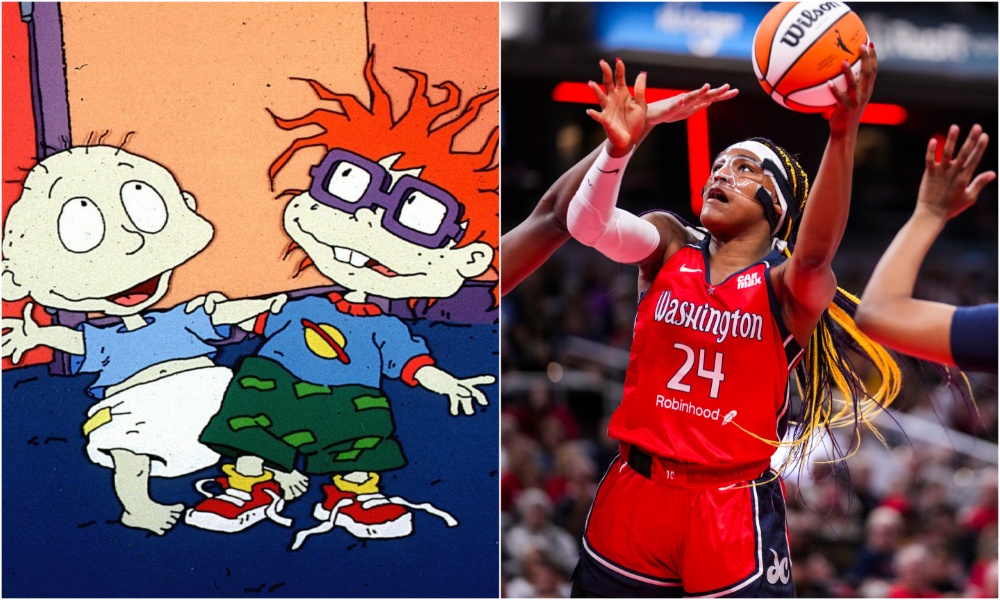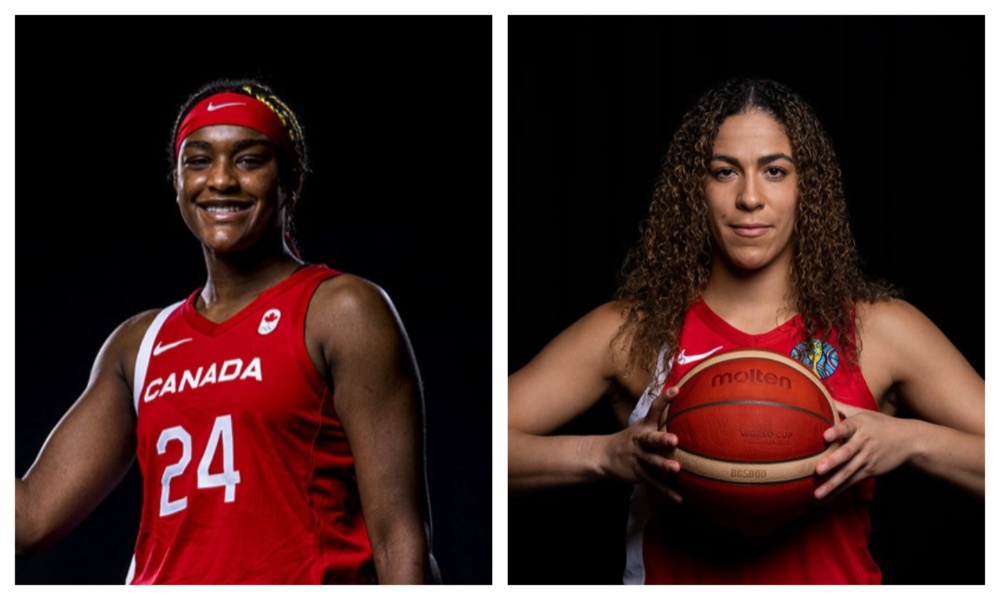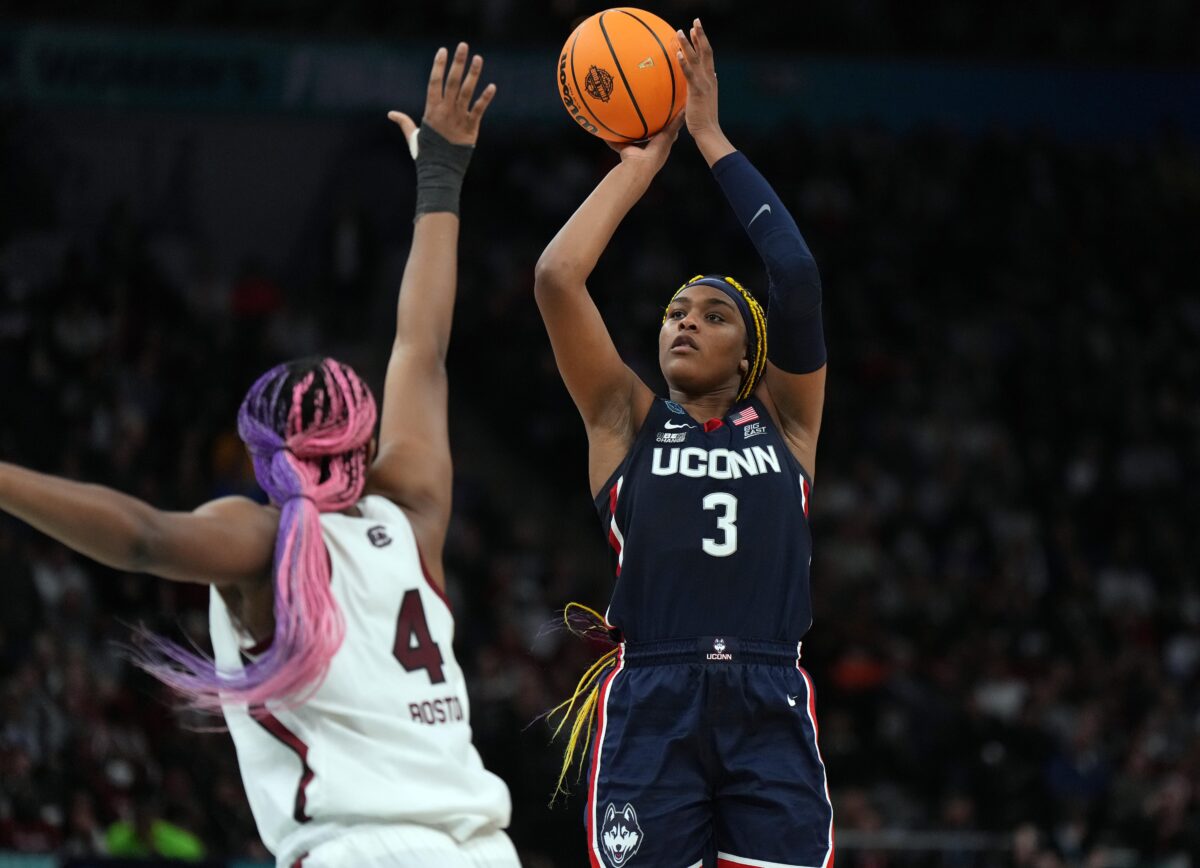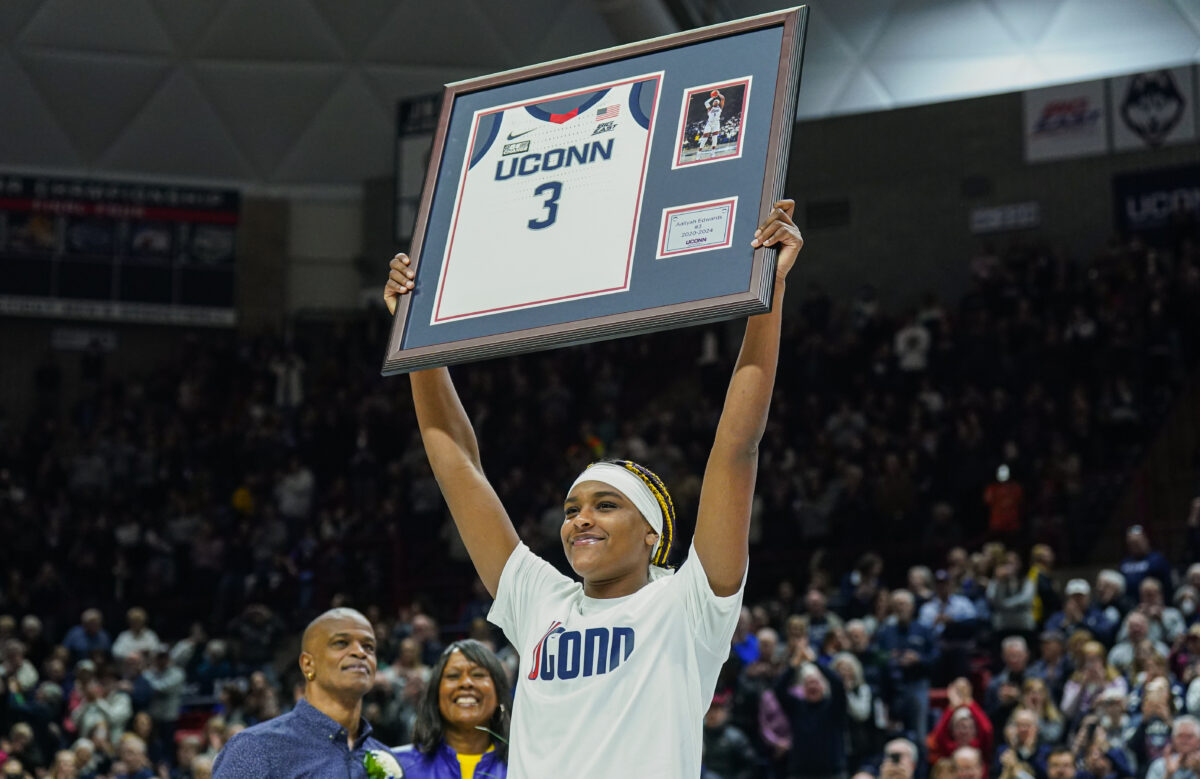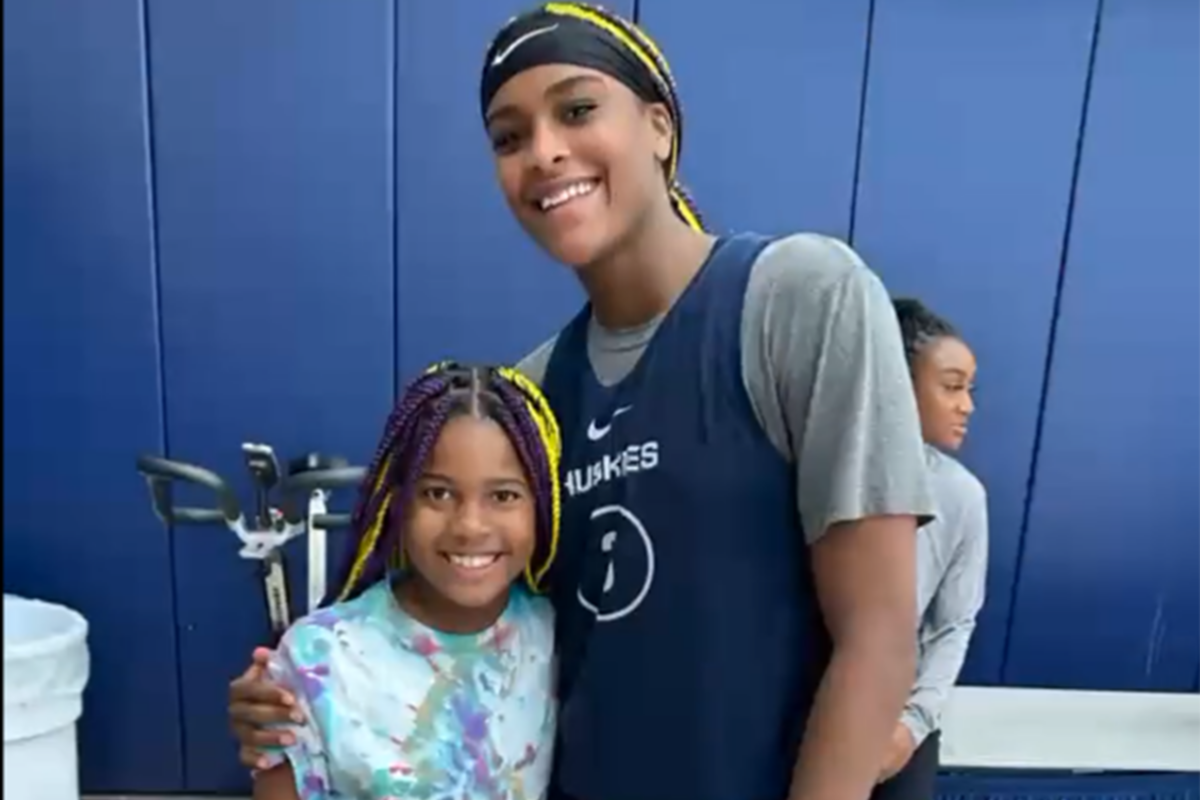The WNBA invited 15 prospects to participate in person and of the 15, four are international athletes, which is roughly 27%.
The 2024 WNBA draft will occur Monday at the Brooklyn Academy of Music in New York. The league invited 15 prospects to participate in person, four of whom are international athletes, which is roughly 27%.
South Carolina center Kamilla Cardoso originally hails from Montes Claros, Brazil; forward Aaliyah Edwards of UConn is from Ontario, Canada; forward Nyadiew Puoch is from Cranbourne East, Australia; and guard Nika Mühl of UConn comes from Zagreb, Croatia. Once drafted, these athletes will finally be able to engage in name, image and likeness licensing.
In college, international athletes are not legally allowed to fully take advantage of their NIL due to immigration rules. This issue was brought to light when Edwards signed an name, image and likeness deal with Adidas Canada. Edwards was asked about the deal in a press conference in the United States but declined to comment for fear that promoting the deal could run afoul of her student visa. As it stands, international students are only able to monetize their NIL in a passive way or risk losing their F-1 student visas.
With skyrocketing viewership, talent and international fans, it would stand to reason that NCAA basketball is an internationally recognized level of performance, but the United States Citizenship and Immigration Services (USCIS) begs to differ.
“While USCIS has not come forward with an official position on this issue, or anything else pertaining to NIL for that matter, what I have seen in practice, from having spoken to fellow attorneys who have filed P-1As for NCAA men’s basketball players, is that USCIS denied them in whole or in part based on the agency’s position that NCAA men’s basketball is not an internationally recognized level of performance,” said sports immigration attorney Ksenia Maiorova, who is a partner at Green and Spiegel U.S.
“Such a level of performance is required for the P-1A petition to be approved. However, USCIS’s position seems to be at odds with its own policy manual, which identifies viewership and attendance statistics, revenues and coverage by major media as relevant factors to this determination. The men alone account for around $900 million in revenue for the NCAA, which is (over) 90% of the NCAA’s total annual revenue. While not every team makes the tournament, all the filings I’m aware of were for players who have played in it, some multiple times. The rest of the season for DI is also carried by major networks and involves attendance figures that are often only marginally smaller than those at NBA games.”
The women’s side of the game is catching up to the men and actually eclipsed the viewership numbers of the championship game, outdrawing the men by approximately four million viewers when South Carolina hoisted the trophy.
There are many different types of visas international athletes have been able to obtain, with varying levels of success:
- Student Visa (F-1): A student needs to be in work-authorized status to be able to work and earn income. The work authorization that is available is often limited and typically tied to their program of study.
- Internationally Recognized Athletes or Teams (P-1): This visa is for athletes who are at an internationally recognized level of performance.
- Extraordinary Ability Visa (O-1): This visa is for athletes with extraordinary ability or achievement and can be easier to obtain for some sports than others.
What can international athletes do to earn an income while playing for their schools? The answer is not much.
“What international student-athletes who hold an F-1 student visa can do in terms of NIL deals is subject to some debate, again, because we have no formal guidance from the immigration agencies,” Maiorova said. “However, because consular officers can deny a visa for almost any reason, with such decisions not being subject to appellate review, my advice is on the conservative side.
“We want to preserve the athlete’s future immigration options, whether they will transition to a pro sports career or pursue other professional endeavors. Passive income is probably the safest option, but in my experience, what people are calling ‘passive income’ isn’t always truly passive, and thus presents a risk. At this time, without a policy change or regulatory change, no NIL activities on an F-1 student visa are truly safe.”
While the likelihood of a change in immigration law looks grim, all is not lost for these athletes. A regulatory or policy change could allow these athletes to participate more fully in NIL activities.
“What can be done is either a regulatory change or a policy change,” Maiorova said. “Regulatory change is preferable because it’s more impervious to being rescinded if there is a change in administration next year, but the current administration also doesn’t have time to implement this change prior to the end of the current term. I am currently working with several of my colleagues in sports immigration to draft a proposed policy, which would amend the agency’s current interpretation of the ‘on-campus employment’ rules to encompass NIL. It would be helpful if the NCAA and other stakeholders put their weight behind this effort because, at this time, I think their perception is that this an issue only we as immigration lawyers care about.”
While any changes in how name, image and likeness activities are viewed will not affect the players who have entered the 2024 WNBA draft, it is an area that can affect many players in the NCAA. In women’s NCAA Division I basketball, there were over 800 international players on 2024 rosters.
[lawrence-auto-related count=3 category=650263202]
